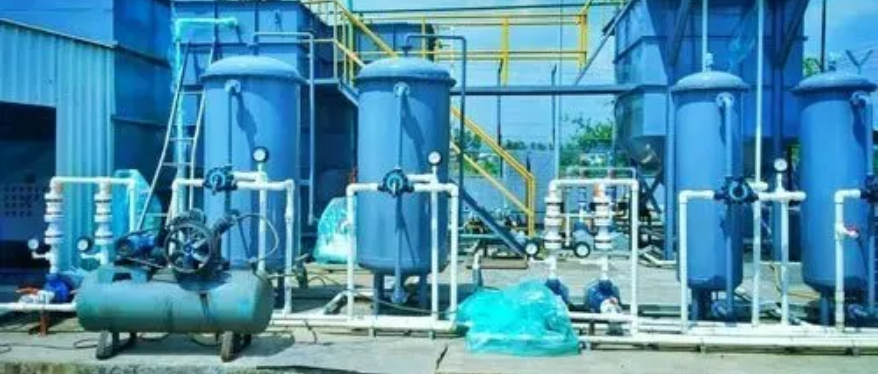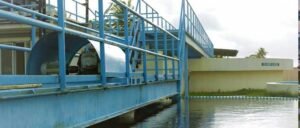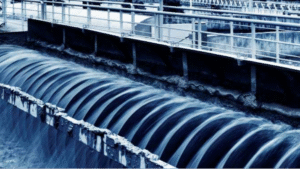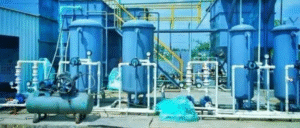Wastewater Treatment Plant for Hospitals: Keeping Environmental Sustainability at Top Priority
Wastewater treatment is one of the most crucial and sustainable processes for environmental conservation. Speaking of mankind and the living world, this treatment is imperative for health and wellness. Going by the nomenclature, this is the process of removal of hazardous elements and contaminants from water, making it pure and safe for reuse and human consumption. In broader terms, the treatment entails eradication of suspended solids, before the remaining water, termed as the effluent, is discharged back to the environment. Wastewater treatment is essential for residential and commercial spaces, including hotels, industries and hospitals.
Wastewater Treatment in Hospitals: Why it is essential?
A hospital space is known for the use of water for various clinical purposes, that discharge toxic elements, hazardous residues, pollutants and contaminants, deteriorating the quality of water. Hospital wastewater from various sources primarily consists of pharmaceuticals and their metabolites, radioactive isotopes, microbial pathogens, harmful viruses and bacteria, hazardous chemicals and drug residues. Treatment plants installed on the premises work to separate and discard suspended solids and organic materials so that water is fit for reuse.
Treatment of wastewater in healthcare centres is extremely essential to prevent untreated water from getting mixed in the environment. Such purification treatment prevents environmental contamination to a great extent.
Types of Wastewater Treatment Plants in Hospitals
In the spectrum of wastewater treatment plants and methodologies, STP, and ETP are the popular names found in hospitals.
Sewage Treatment Plant
Sewage Treatment Plants or STPs are mostly seen on hospital premises and are known for the most effective wastewater treatment and purification. Also known as a Grey Water Treatment System, this is an odour-free unit, that delivers the purest form of water. This is a turnkey solution meant for hospitals. This is a modular skid-mounted, and pre-fabricated system and usually plonked underground. Thus it does not consume much of the surface space of the premises.
The process of chlorination and filtration makes the treated water 100% pathogen-free. The water treated through this system is re-used for irrigation, construction, floor cleaning and flushing lavatories. Typically, there are quite a few steps, that are followed in the water treatment process before the water is free from contaminants and toxic elements. Here is a detailed account of the treatment process.
Preliminary or Pre-Treatment Stage
Going by the nomenclature, this is the very first stage and is very essential for all the STPs. In this initial stage, it removes, contaminants like rags, sticks and heavy inorganic solids and large debris. This removal process eventually protects the plant machinery from mechanical damage. Moreover, the inorganic residue, known as grit is removed through the grit chamber.
Primary Treatment Stage
This is also another initial stage where the separation of greases and solids from wastewater happens. Here, water flows through the primary filters, also known as clarifiers, enabling solid particles to settle down and lighter ones to stay suspended, till it is skimmed off the tank. The partly settled solid, known as the primary effluent or sludge comprises roughly about 60-70% of solids.
Secondary Treatment Stage
The secondary or the mid-way or the biological stage is the most crucial step of wastewater treatment in the hospital spaces. Through the STPs, dissolved inorganic substances and bacteria in the form of colloidal and soluble forms, are removed from the contaminated water. Here the water flows into the aeration tank where air is supplied through an air blower to supply oxygen for the microbes. It is crucial because almost 90% of the inorganic solids are removed in this stage.
This is followed by the process, where water flows through secondary clarifiers or filters and the settled solid is known as secondary sludge. A part of it is recycled for the activated sludge process and the remaining is blended with primary sludge and sent to the sludge digestion tank before it is finally disposed-off.
Tertiary Treatment Stage
As the name suggests, this is the final stage, also known as the advanced treatment stage. The removal of remaining suspended solids and organic residues happens at this step. The pathogenic microorganisms which were not removed during the biological or secondary stage are finally separated here by the process of disinfection. This process is done with the help of disinfectant agents like chlorine, UV light, or ozone treatment, depending on the clarity and pH level of the wastewater.
After this stage, the disinfected wastewater is free from all kinds of contaminants and is ready to be reused.

More Blogs

Is it safe to use Water after Sewage treatment
Is it safe to use Water after Sewage treatment...

How does a Waste Water Treatment Plant Come
How does a Waste Water Treatment Plant Come Into...

Wastewater Treatment Plant for Hospitals
Wastewater Treatment Plant for Hospitals: Keeping Environmental Sustainability at...
